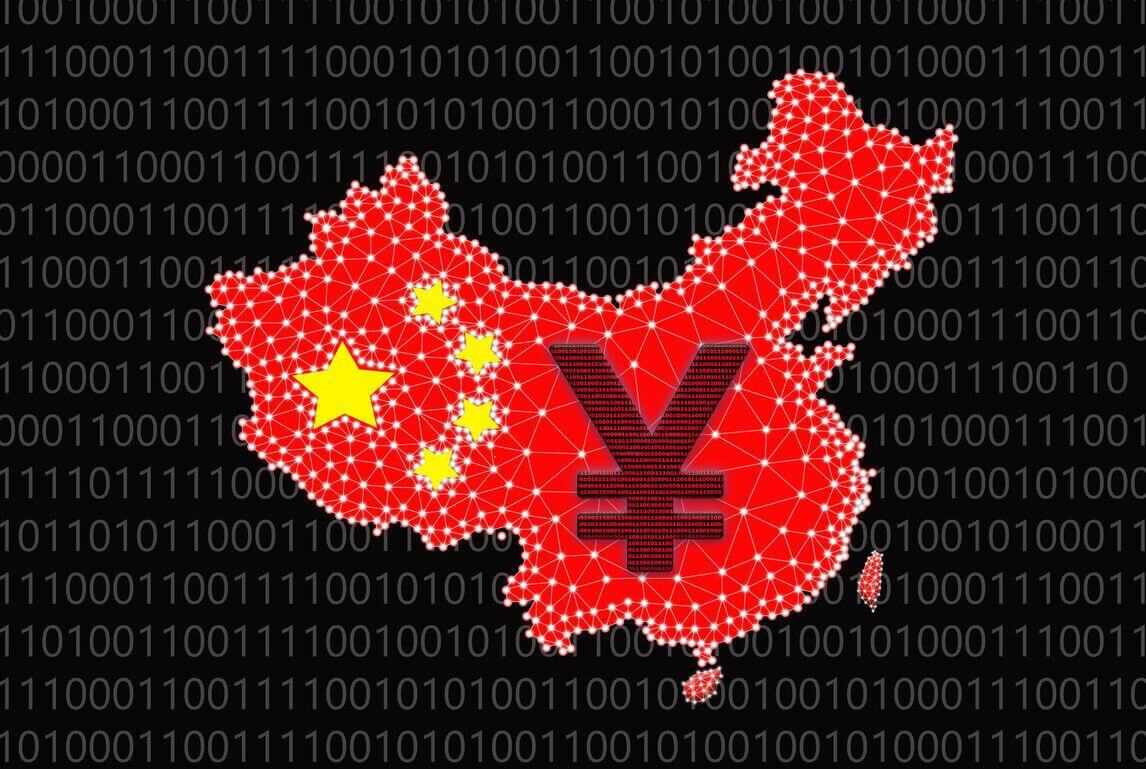
To prepare for the rollout of the digital Yuan, China has been testing its proposed digital currency, in a move that will test the public’s appetite for adopting digital currencies
At the beginning of the year, the Chinese Government announced a legislative framework that would aim to unlock the potential of blockchain technology – an unexpected move considering the Chinese ban of cryptocurrencies introduced in September 2017.
Now, limited trials of the Digital Yuan have been rolled out in a limited number of franchised stores of Subway, McDonald’s and Starbucks, the first true test of a digital currency for paying for everyday goods and services. In a retailer.
It is also significant that all of these are western food and beverage companies, potentially showing how a widespread scale-up of digital asset purchasing looks for relatively small transactions.
Although the Digital Yuan is not considered a cryptocurrency in the traditional sense; it is centralised and controlled by the Bank of China – the test is the first of its kind that uses a digital asset.
US multinational companies offering to help the Chinese Government to test its currency could be the wakeup call that some retailers are waiting for to roll out widespread payment options for cryptocurrencies in other business areas. Adoption is currently limited to online purchases for the most part, so if retailers, inspired by the Chinese Yuan were to take the plunge.
As contactless mobile payments increase year on year and the use of cash diminishes, China is looking to this project to more tightly control its supply of cash and the wider economy. Bitcoin proponents will argue that centralising a digital cashless currency is the antithesis of what blockchain technology is supposed to provide – a trustless, decentralized store of value for consumers.
China’s reputation for censorship and refusal to embrace human rights laws mean it is no surprise that they will try and use the idea of digital currencies to more tightly control their economies. The news does show that US multinational companies are open to experimenting with digital currencies as an adage to the already widespread use of contactless payments that have emerged in the last few years, however.
However, China is uniquely positioned to do a trial like this, as it has one of the highest ‘banked’ populations in the world at 79 percent, an enormous 1.1 billion people, combined with a high proportion of mobile phone ownership, leading to the current swell of contactless payments.
Therefore, much of the infrastructure for rolling out a digital currency is already present in China, particularly impressive due to its massive population and rapid economic development in recent decades to now place it in a strong second place below the US as the largest economy in the world.

